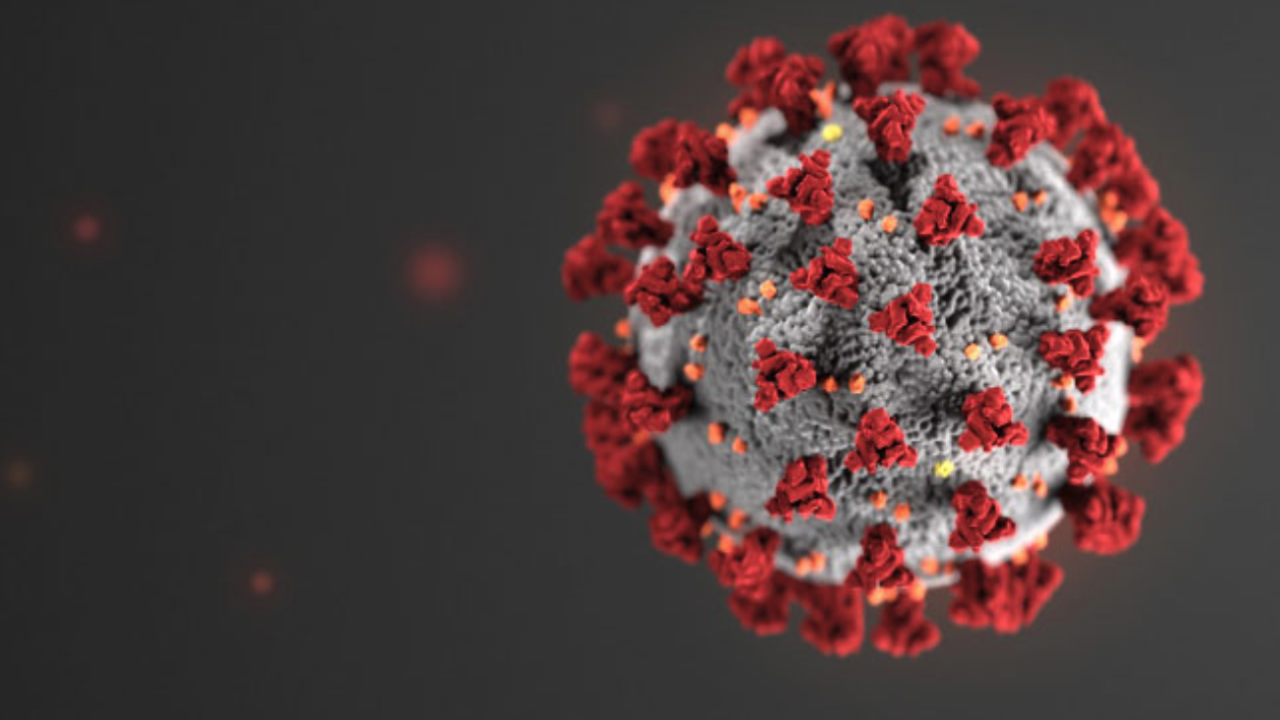The Idaho Department of Health and Welfare has activated Crisis Standards of Care in the Panhandle and North Central health districts. The activation is due to severe staff and bed shortages in the northern part of the state, caused by a massive increase in COVID-19 hospitalizations, according to a press release.
Health officials say that hospitals in North Idaho will implement Crisis Standards of Care based on their own policies.
The following hospitals and healthcare systems are impacted:
- Panhandle (PHD1)
- Benewah Community Hospital
- Bonner General Hospital
- Boundary Community Hospital
- Kootenai Health
- Shoshone Medical Center
- North Central (PHD2)
- Clearwater Valley Hospital and Clinics
- Gritman Medical Center
- St. Joseph Regional Medical Center
- St. Mary’s Hospitals & Clinics
- Syringa Hospital & Clinics
Kootenai Health in Coeur d'Alene requested that CSC be activated. The CSC Activation Advisory Committee met virtually on Monday and recommended it be activated in those two health districts.
Idaho activates Crisis Standards of Care in North Idaho due to surge in patients requiring hospitalization. Read more here: https://t.co/hZ9lVkSaHY
— DHW (@IDHW) September 7, 2021
Crisis Standards of Care are guidelines that help healthcare providers and systems decide how to deliver the best care possible. Crisis standards of care are guidelines that help healthcare providers and systems decide how to deliver the best care possible under the extraordinary circumstances of an overwhelming disaster or public health emergency.
The guidelines may be used when there are not enough resources to provide the usual standard of care to those who need it. The goal is to extend care to as many patients as possible and save as many lives as possible, according to the release.
“We have reached an unprecedented and unwanted point in the history of our state. We have taken so many steps to avoid getting here, but yet again we need to ask more Idahoans to choose to receive the COVID-19 vaccine. More Idahoans need to choose to receive the vaccine so we can minimize the spread of the disease and reduce the number of COVID-19 hospitalizations, many of which involve younger Idahoans and are preventable with safe and effective vaccines,” Governor Brad Little said.
Related: What is Crisis Standards of Care and how will it affect you?
Now that it is in effect, people who need medical care may experience care that is different than expected, like finding hospital beds are not available or are in repurposed rooms. They may also find that needed equipment is not available.
“Crisis standards of care is a last resort. It means we have exhausted our resources to the point that our healthcare systems are unable to provide the treatment and care we expect,” said DHW Director Dave Jeppesen. “This is a decision I was fervently hoping to avoid. The best tools we have to turn this around is for more people to get vaccinated and to wear masks indoors and in outdoor crowded public places. Please choose to get vaccinated as soon as possible – it is your very best protection against being hospitalized from COVID-19.”
The process to initiate crisis standards of care began when resources were limited to the point of affecting medical care. The director of DHW convened the Crisis Standards of Care Activation Advisory Committee on Sept. 6, 2021, to review all the measures that were taken to address the staffing and bed shortages.
The committee determined that the ability of northern Idaho hospitals and healthcare systems to deliver the usual standard of care has been severely affected by the staffing shortages, and all contingency measures to address these shortages had been exhausted. The committee recommended to the director that crisis standards of care be activated.
Director Jeppesen issued his decision on Sept. 6, 2021, under the authority vested in him through the temporary rule.
The CSC will remain in effect until there are sufficient resources to provide the usual standard of care. Click here to learn more about CSC and see an FAQ.


